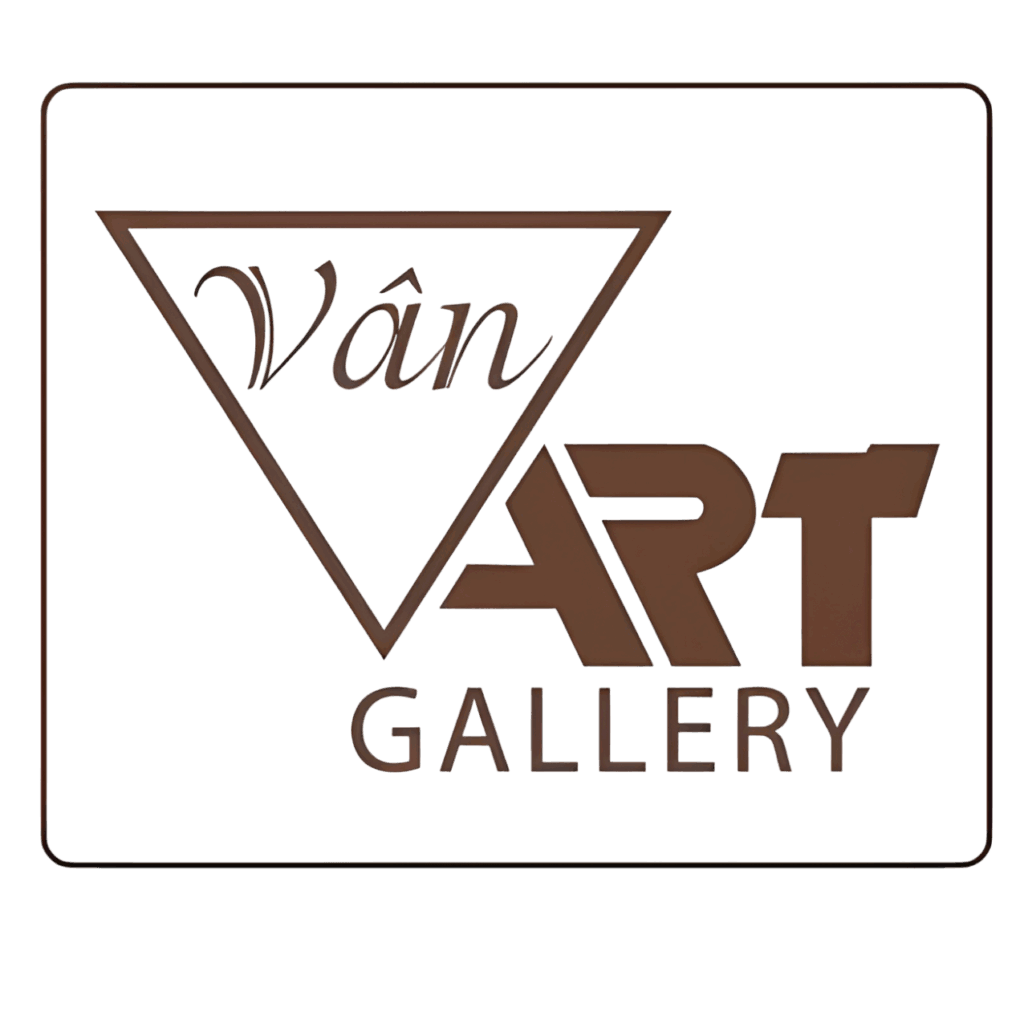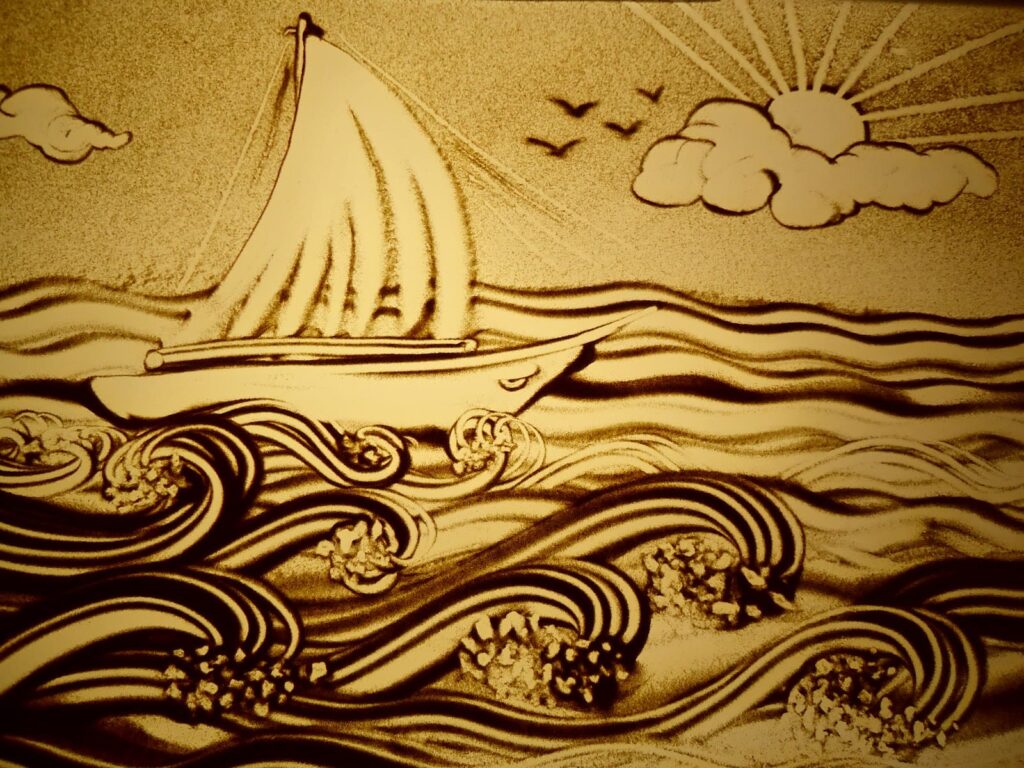Sand painting, a distinctive Vietnamese art form, captivates art lovers with its intricate creativity and deep cultural meaning, shining brightly in Vietnam art galleries. From meticulously crafted static sand paintings to dynamic, emotive performances, this art showcases the artist’s skill while embodying Vietnam’s national spirit. This article dives into what sand painting is, its origins, techniques, and applications, empowering you to explore or create your own sand art masterpieces.
What Is Sand Painting? Defining Vietnam’s Unique Art
Sand painting is an art form that uses colored sand, mineral powders, or natural/synthetic pigments to create vibrant images on glass frames or illuminated surfaces, producing both static and dynamic works. In Vietnam, it’s often called “sand art” or “golden sand painting.”
What Makes Up Sand Painting?
Sand paintings are crafted from:
-
Colored Sand: Natural sand (from beaches or rivers) or dyed, fine, and free of impurities.
-
Mineral Powders/Pigments: Enhance brightness and color variety.
-
Glass Frames/Lighting: Used for static or dynamic paintings to create contrast effects.
-
Tools: Soft brushes, spoons, or feathers for precise sand placement.
Sand painting transforms tiny grains into vivid imagery, blending masterful techniques with artistic emotion.
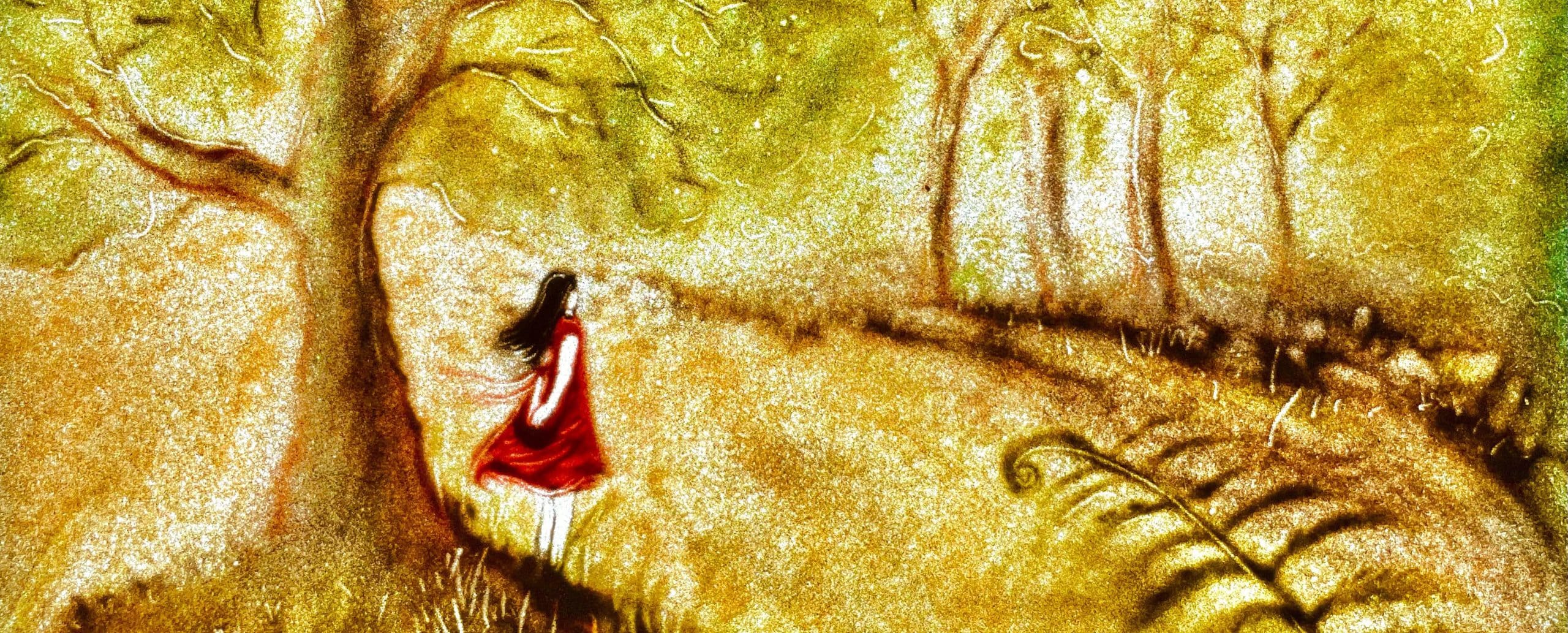
Sand painting, a distinctive Vietnamese art form, captivates art lovers with its intricate creativity and deep cultural meaning, shining brightly in Vietnam art galleries{:target=”_blank”}. From meticulously crafted static sand paintings to dynamic, emotive performances, this art showcases the artist’s skill while embodying Vietnam’s national spirit. This article dives into what sand painting is, its origins, techniques, and applications, empowering you to explore or create your own sand art masterpieces.
What Is Sand Painting? Defining Vietnam’s Unique Art
Sand painting is an art form that uses colored sand, mineral powders, or natural/synthetic pigments to create vibrant images on glass frames or illuminated surfaces, producing both static and dynamic works. In Vietnam, it’s often called “sand art” or “golden sand painting.”
What Makes Up Sand Painting?
Sand paintings are crafted from:
-
Colored Sand: Natural sand (from beaches or rivers) or dyed, fine, and free of impurities.
-
Mineral Powders/Pigments: Enhance brightness and color variety.
-
Glass Frames/Lighting: Used for static or dynamic paintings to create contrast effects.
-
Tools: Soft brushes, spoons, or feathers for precise sand placement.
Sand painting transforms tiny grains into vivid imagery, blending masterful techniques with artistic emotion.
Cultural Significance of Sand Painting
Beyond visuals, sand painting carries spiritual and cultural weight in Vietnam:
-
National Spirit: Depicts rural scenes, working people, and Vietnamese calligraphy.
-
Spirituality: Inspired by Buddhist Mandalas, symbolizing impermanence.
-
Creativity: Merges tradition with modernity, from static art to stage performances.
Origins of Sand Painting: From Ancient Rituals to Modern Art
Sand painting’s roots trace back to ancient religious ceremonies, evolving into a standalone art form across cultures.
Origins of Sand Painting: A Global History
Sand painting boasts a rich history spanning millennia:
-
Indigenous Tribes (Pre-BC): Native Americans and Australians used sand painting (Dry Painting) for healing and prayer, drawn on earth or animal hides.
-
Tibetan Buddhism (7th Century): Mandala sand art, symbolizing the universe, destroyed post-ceremony to reflect impermanence.
-
Japan (15th Century): Sand, pebbles, and feathers crafted delicate landscape art.
-
Modern America (19th Century): Artist Andrew Clemens created vivid sand art in glass bottles.
Sand painting’s origins reveal it as both art and spiritual ritual.
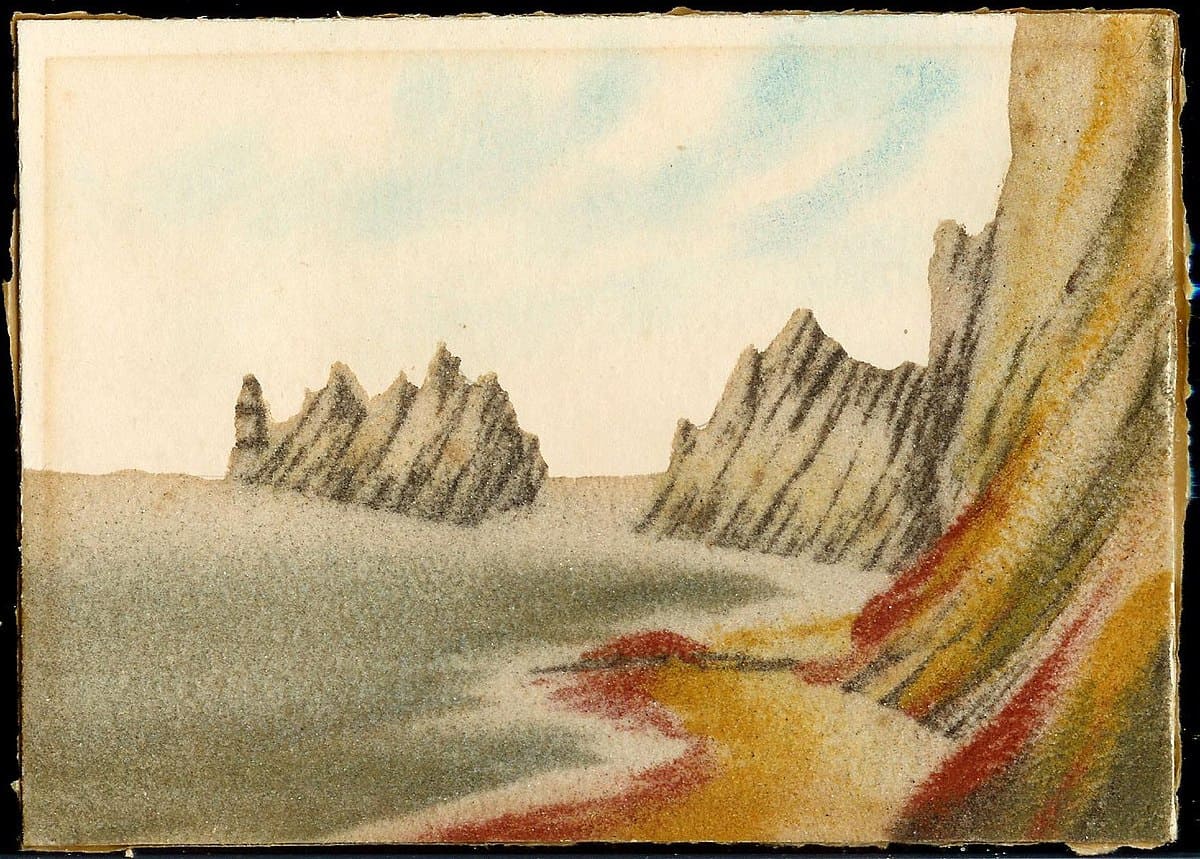
Sand Painting in Vietnam: A Journey Since 1997
In Vietnam, sand painting emerged in 1997, pioneered by artists like Y Lan and Phan Anh Vu. From simple designs, it grew into a cultural icon:
-
1997-2000: Static sand paintings focused on patterns and landscapes.
-
2000-2010: Dynamic sand painting emerged, blending light and music.
-
Today: Globally recognized, featured in performances and exhibitions.
Vietnamese sand painting reflects simplicity, showcasing rural life and labor.
Types of Sand Painting: Static vs. Dynamic
Sand painting is divided into two main types—static and dynamic—each with unique traits and value.
Types of Sand Painting: Comparing Static and Dynamic
Static Sand Painting:
-
Crafted on glass frames, layering sand to create fixed designs.
-
Completion Time: 10-20 days, requiring precision and patience.
-
Themes: Portraits, calligraphy, landscapes, or labor scenes.
-
Value: Refined, durable, ideal for gifts or decor.
Dynamic Sand Painting:
-
Performed live on opaque glass with LED lighting.
-
Tells stories through rapidly changing images, paired with music.
-
Themes: Historical narratives, cultural tales, or emotional messages.
-
Value: Evokes strong emotions, perfect for stage and TV.
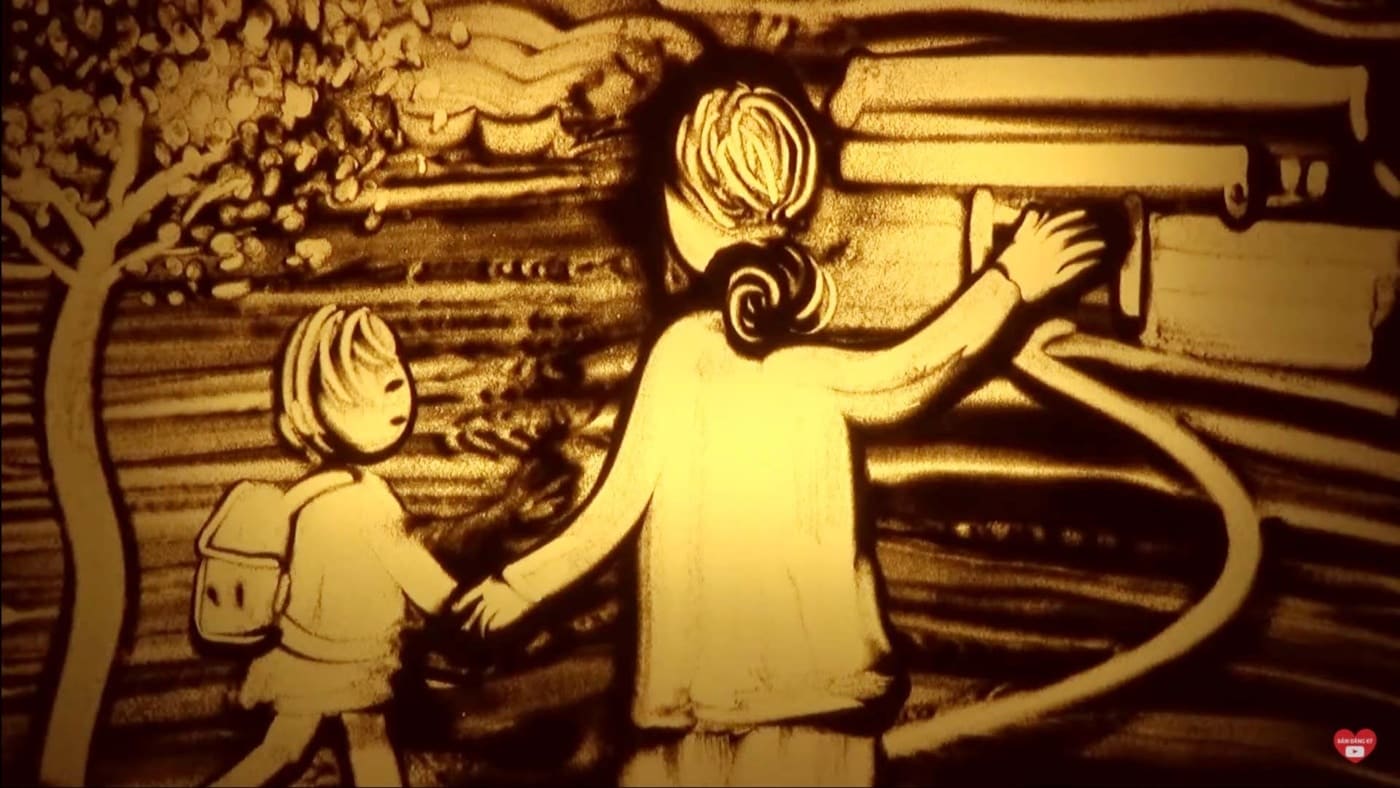
The types of sand painting highlight its versatility, from serene depth to dramatic flair.
Pros and Cons of Static and Dynamic Sand Painting
Static Sand Painting:
-
Pros: High detail, long-lasting, showcases skilled craftsmanship.
-
Cons: Time-intensive, costly, hard to correct errors.
Dynamic Sand Painting:
-
Pros: Striking contrast, vivid effects, captivates audiences.
-
Cons: Limited colors (mostly black-white), requires performance skills.
Materials for Sand Painting: Choosing the Right Sand and Tools
The materials for sand painting are critical, determining the work’s beauty and authenticity.
What Are Sand Painting Materials?
Sand:
-
Natural Sand: Sourced from beaches (Phan Thiet, Central Vietnam) or rivers, must be fine and clean.
-
Dyed Sand: Offers diverse colors (81 natural shades in Vietnam, supplemented by specialized dyed sand).
-
Requirements: Fine, impurity-free, with lasting natural or dyed colors.
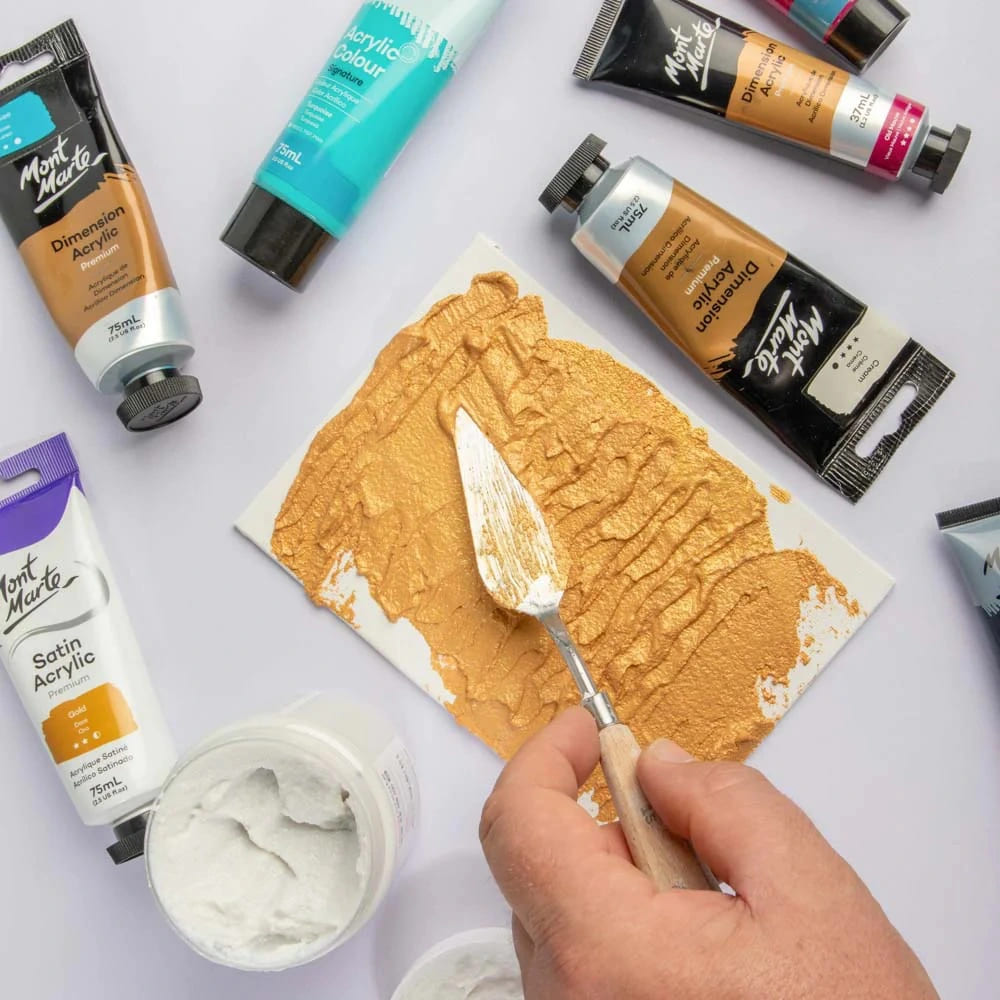
Tools:
-
Glass Frames: For static paintings, ensuring clarity and sturdiness.
-
Light Tables: Opaque glass with LED lights for dynamic art.
-
Brushes, Spoons, Feathers: For precise sand placement.
-
Camera and Audio: For dynamic performances, capturing and syncing with music.
Careful material selection ensures aesthetic appeal and durability.
Tips for Choosing Sand
-
Fineness: Fine sand for sharp details; avoid coarse grains that blur lines.
-
Color: Opt for natural or specialized dyed sand to prevent fading.
-
Source: Central Vietnam’s beach sand (Phan Thiet) is highly favored.
Techniques for Sand Painting: Crafting Masterpieces
Sand painting techniques demand dexterity, patience, and emotion, varying between static and dynamic forms.
Techniques for Static Sand Painting
Static sand painting focuses on detail and precision:
-
Prepare Glass Frame: Clean and secure to prevent sand spillage.
-
Sketch: Draw the design with pencil or water-based pen on paper.
-
Spread Sand: Use spoons or hands to layer sand, from dark to light.
-
Shape: Use soft brushes or feathers for intricate details.
-
Seal: Apply specialized glue to prevent sand from peeling.
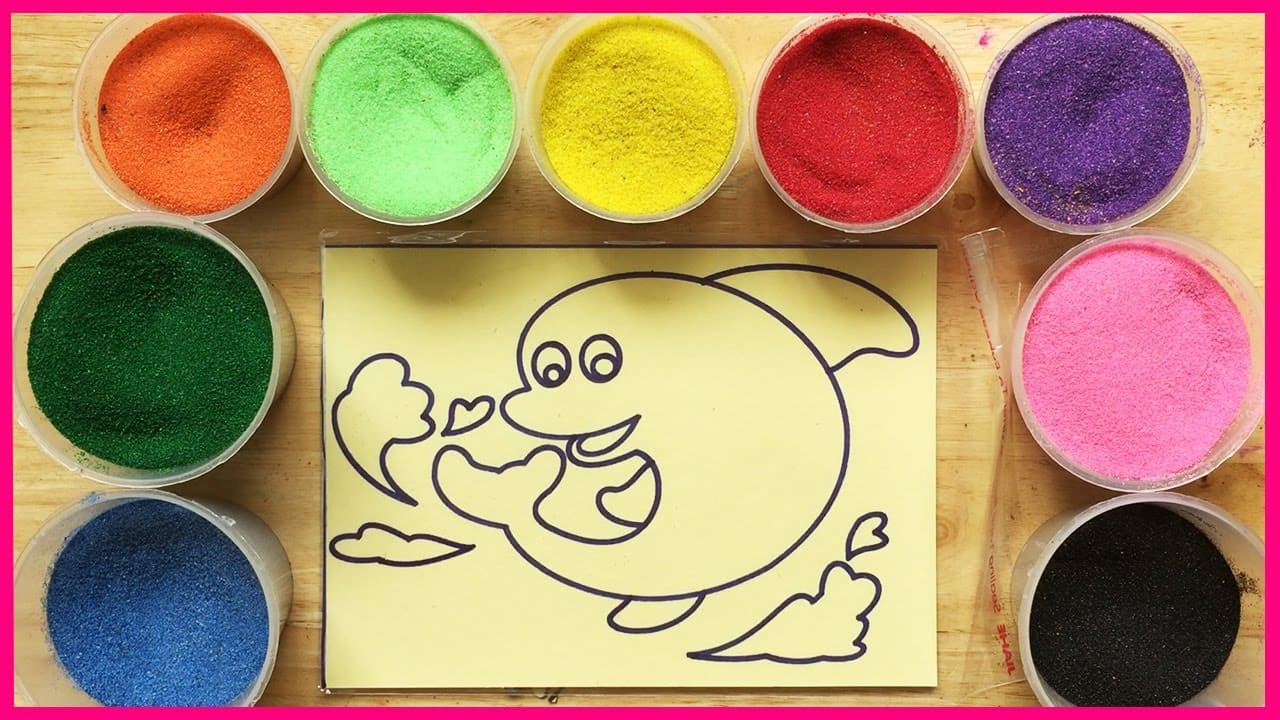
Tips:
-
Choose fine sand to avoid ruining details.
-
Work in thin layers, letting each dry before adding the next.
Techniques for Dynamic Sand Painting
Dynamic sand painting is a live performance requiring speed and emotion:
-
Prepare Light Table: Use opaque glass (60x80cm), LED lights, and 1.5kg black sand.
-
Storytelling: Plan a narrative, with images transitioning in seconds.
-
Contrast: Use black sand on a bright background for depth effects.
-
Music Syncing: Pair with music to heighten emotion.
-
Recording: Use high-quality cameras to capture the performance.
Tips:
-
Practice quick image transitions to maintain the story’s flow.
-
Use music with crescendos to match visual shifts.
Sand painting techniques blend skill with artistic inspiration.
Applications of Sand Painting: From Art to Everyday Life
Sand painting’s applications range from decor to performances, offering aesthetic and cultural value.
Applications in Art
Static Sand Painting:
-
Interior Decor: Portraits and landscapes for homes or hotels.
-
Gifts: Calligraphy or rural-themed paintings as meaningful souvenirs.
-
Exhibitions: Displayed at cultural events like Hue Festival.
Dynamic Sand Painting:
-
Stage Performances: Historical or cultural storytelling on TV or live events.
-
Advertising: Used in brand events for striking impact.
-
Education: Teaches children about Vietnamese culture through performances.
Sand painting’s versatility spans high art to everyday connections.
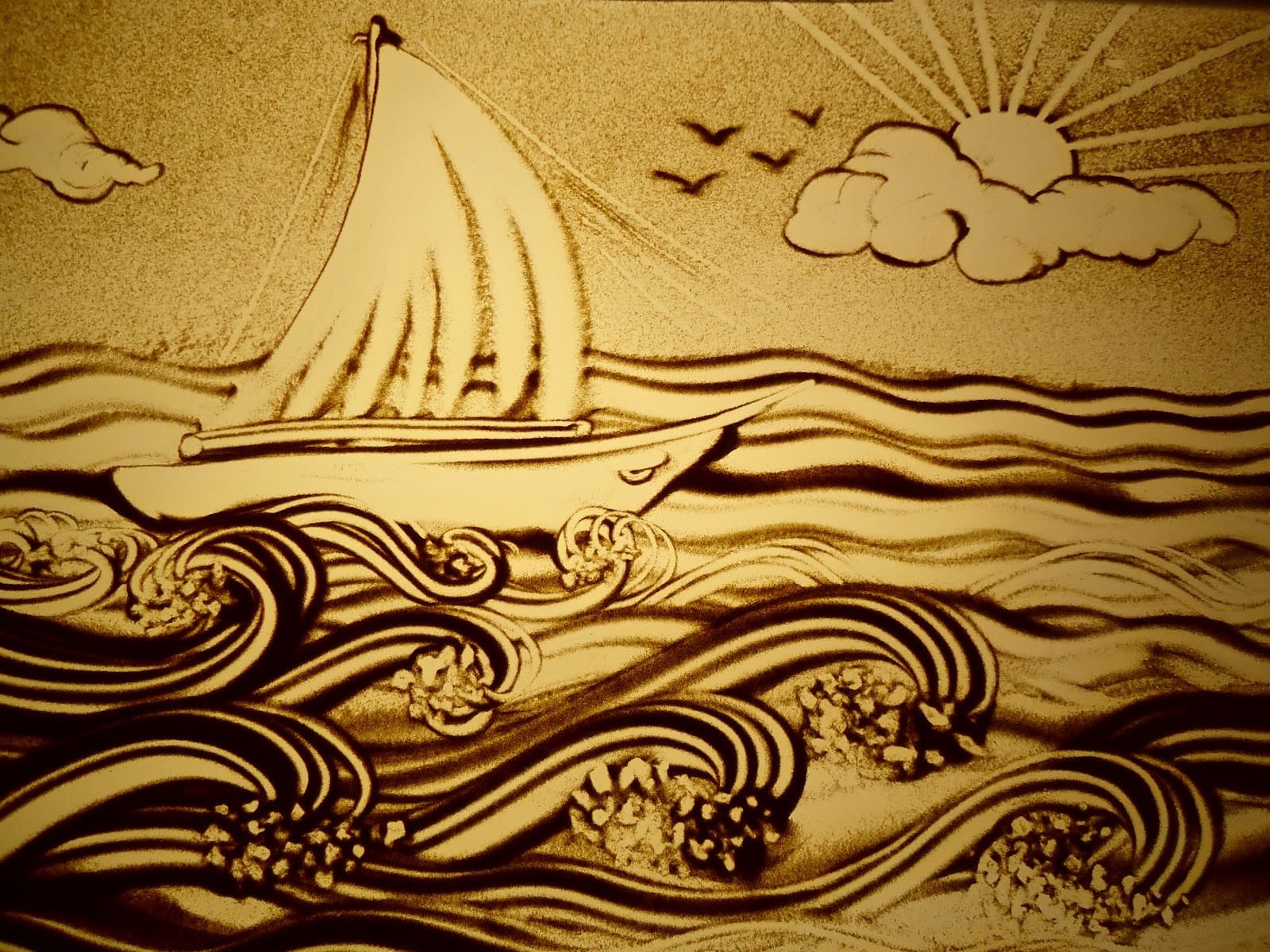
Applications in Daily Life
-
Souvenirs: Static paintings depicting Vietnam’s soul, like Cai Rang floating market.
-
Space Decor: Enhances cafes and restaurants with unique flair.
-
Cultural Events: Dynamic performances at festivals or charity fundraisers.
Tips for Beginners Learning Sand Painting
Wondering what sand painting is and how to start? Here’s a beginner’s guide:
-
Start Simple: Use natural sand and small glass frames.
-
Learn Basics: Watch tutorials by artists like Y Lan on YouTube.
-
Try Static First: Practice spreading sand on paper before glass.
-
Join Workshops: Attend sand painting classes in Ho Chi Minh City or Hanoi.
-
Be Patient: Master sketching and color coordination step by step.
Sand painting is accessible but requires patience for mastery.
Legacy of Vietnamese Sand Painting: A Cultural and Creative Icon
Sand painting is more than art—it’s a cultural bridge, carrying Vietnam’s essence globally. From static paintings of rural life to emotive dynamic performances, sand painting leaves a lasting mark on art lovers.
Try creating your own sand painting or watch a live performance to feel its magic! Do you prefer static or dynamic sand painting? Share your thoughts in the comments!
